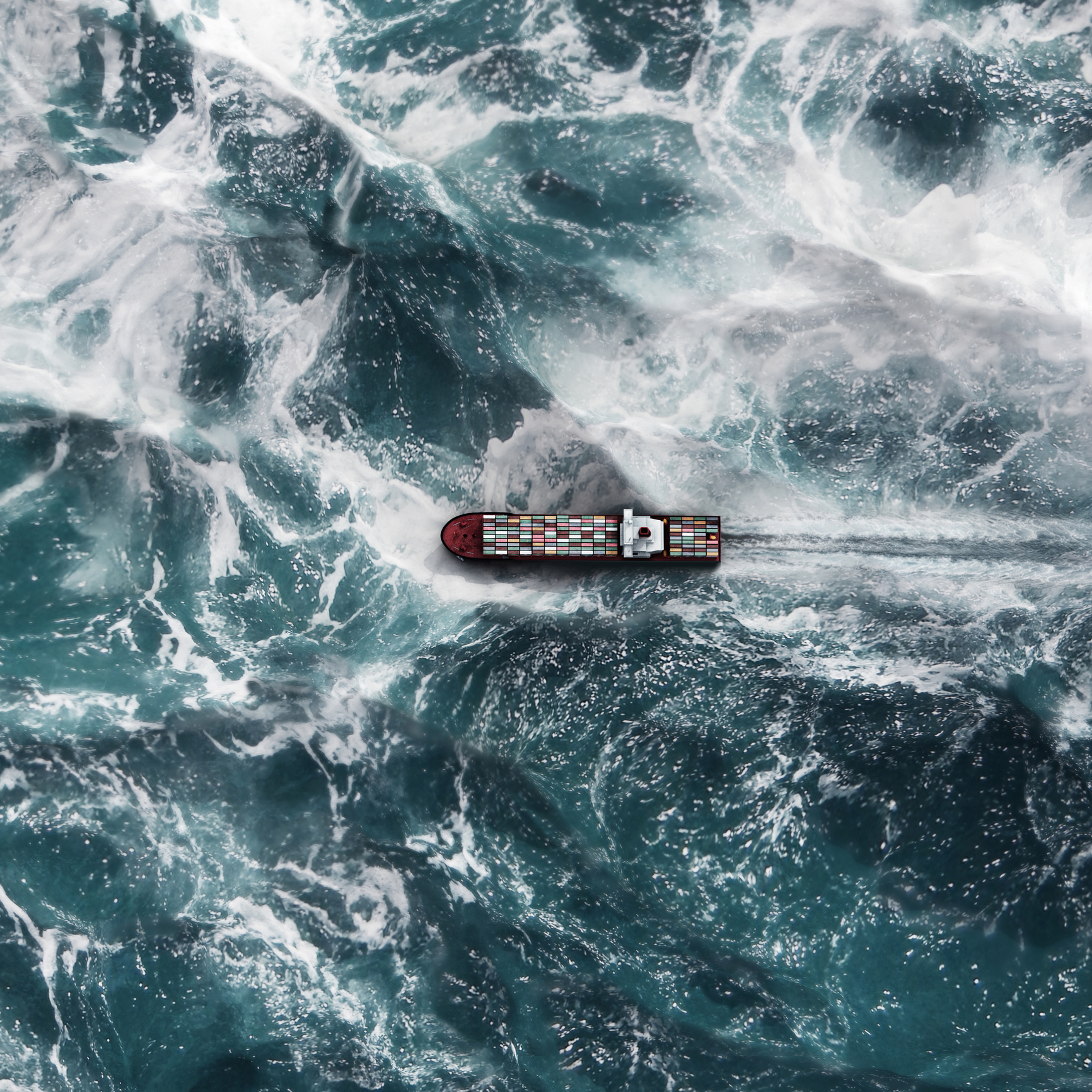With 2023 firmly out of the starting blocks, it may feel like the chaos, uncertainty and instability of 2022 have continued their trajectories into this year.
And without being too downbeat, any new year’s optimism already looks to be dissipating as you encounter some of the same challenges and complexities again, albeit perhaps in new forms. But unfortunately, this is a sign of the world today and indicative of things to come.
Rising levels of inflation, unemployment and economic uncertainty around the world are set to trigger recessions, likely on a global scale. The World Economic Forum has reduced its forecast for global growth amidst the war in Ukraine and the impact on fuel and food prices. And alongside this, the world is set to be more challenging, unpredictable and less democratic in the future.
So amidst these challenging times, how do you manage the growing number of risks and threats to your operations, and keep your security team afloat?
Managing a more complex risk environment in 2023
Over the past few weeks, the questions our clients have raised range from food and currency shortages in West and Central Africa, to contextualising political developments in South America and the likelihood of disruption to global supply chains in South East Asia.
While these may sound like run-of-the-mill questions, these broad geopolitical and economic issues are unfolding against a new backdrop. The structures and systems that have defined the international system for decades are starting to fold under the pressure of competing interests and new powers, which are seeking to stamp their own ideological imprint onto the international system. In Strategic Outlook 2023, we labelled this the ‘Global Unravelling’.
The erosion of these systems makes it more likely that governments will act unpredictably and unilaterally, making it more difficult for global institutions to come together and build collective stability and security. It is opening up avenues for dangerous actors to exploit tensions and uncertainty for their own gain.
And the economic risk drivers will contribute to state fragility, civil unrest and under specific conditions, the emergence or strengthening of dangerous groups and individuals.
As a result, the risks you are likely to face in 2023 are not just more numerous, but potentially on a larger scale than in the past and may develop in ways that you might not be used to.
The challenge for corporate security teams
Given the volatile economic and geopolitical environment, having foresight and warning over emerging risks through horizon-scanning and forecasting is even more imperative than usual.
To properly manage the unfolding trajectory you need to understand what’s coming next and be aware of the second- and third-order impacts of the current economic and geopolitical situations. For example, if your organisation operates in Ghana and local inflation rises to 100%, what are the domestic and international implications? What risk mitigation measures do you have planned, in case your supply chains in South East Asia are indeed disrupted?
The benefits of horizon scanning go beyond the ability to engage proactively with threats on the ground. It allows you to add significant value to your business, enabling growth and the smooth running of the business during difficult times, rather than inhibiting them because of security concerns.
This process is not new to the business as your company already evaluates scenarios, particularly in the financial realm. It may even be something you do within your security team for more macro and serious challenges. But this needs to be more a holistic practice within the security function, as it will have implications for you and the wider business.
This is especially true during more challenging times when you will need to consider outlier scenarios and utilise skill sets that you would not usually consider during so-called normal times.
A bespoke approach to horizon-scanning
Some of this can be handled in-house; you already have the capacity to horizon-scan for certain risks.
But you may need to outsource projects that require more time or are more complex, particularly if they require specific skills, languages or areas of technical expertise which are a gap for your team. It may also be that the threat is novel to the security function and not yet well understood – in this case, you want to build your capacity through external support.
That’s where Dragonfly’s advisory services can help.
As a SIAS client, you already receive regular analysis and insight into a wide range of risks and threats across the world. But our advisory team can create an approach that is bespoke to you, helping you with benchmarking, forecasting and horizon-scanning for your key risks.
When we work together, we initially seek to understand your general risk profile, to identify the economic and geopolitical risks to which you are most vulnerable, and the areas and contexts where you most need to be vigilant. In order to add value to the business, we’ll want to focus on the risks and threats that most matter to you and to your senior decision-makers.
We can then monitor these on your behalf, delivering highly analytical, forward-looking assessments as a one-off report, monthly or quarterly horizon-scanning, or even a weekly or monthly data dashboard. The format depends on what you and your board need, to make the intelligence as relevant, business-critical and as easy to digest as possible.
Get scenarios and indicators for your key risks
Our horizon-scanning reports often include scenarios, outlining how various risks could develop in future and showing you how realistic each one is, with a percentage probability. Although they may include outliers these are always grounded in reality, following baseline assessments of the intent and capability of key actors, and focusing on the core impacts on your business. This helps your board visualise various possibilities, so you can begin to discuss your approach and mitigation measures and enable business growth.
We also include indicators, to help you cut through the noise and judge more easily when scenarios we have outlined are coming to pass. This makes changes easier to explain to your board and empowers your decision-makers to understand geopolitical and economic developments at a deeper level and make more confident decisions about your operations as a result.
Again, you will be familiar with both scenarios and indicators from your SIAS subscription and from Strategic Outlook 2023, but these are created for you on a bespoke basis to answer your precise questions and needs, manage threats in challenging times and add huge value to your business
And, if you are already conducting such work, we can also bring an independent perspective to sense-check what you are already doing, especially if this has significant implications for the business, cost expenditures or future operational directions.
Case study: Security team uses a horizon-scanning report to justify additional budget
For example, we recently supported a large international organisation concerned about threats to their business in South America.
We worked together to provide a 2023 forecast and horizon-scanning report about the region, which identified the main risks to this organisation’s key markets, the drivers of potential conflict and instability, and the likelihood of specific scenarios taking place. The report also clustered themes and risk types to highlight commonalities and differences among certain regions in South America.
This allowed the security team to sense-check from an independent perspective a piece that they were conducting internally. It was presented to senior management, showcasing the high-level insights the security team brings to the business and enabling growth in a difficult environment. And as a mark of how valuable the organisation found the report, it was ultimately used to justify the additional budget to bring on an extra member of staff for the security function.
To find out more about how our advisory service can help your organisation with horizon scanning, please contact our specialists today.
Image: Container ship on the sea. Photo by TimandTim via Getty Images.




